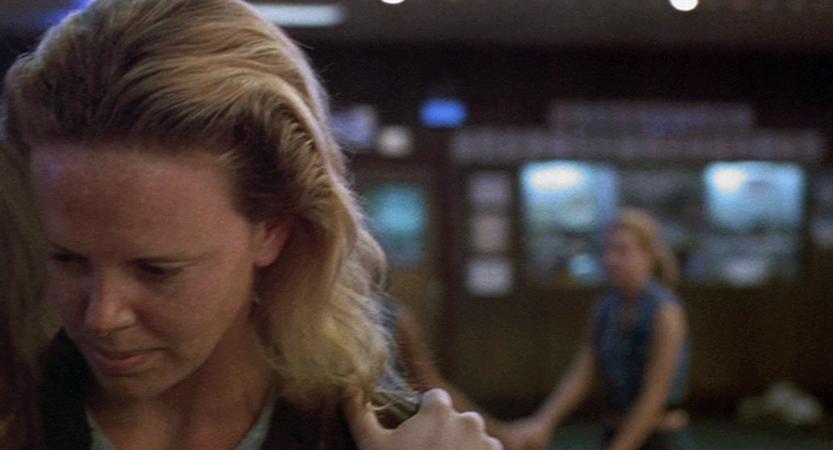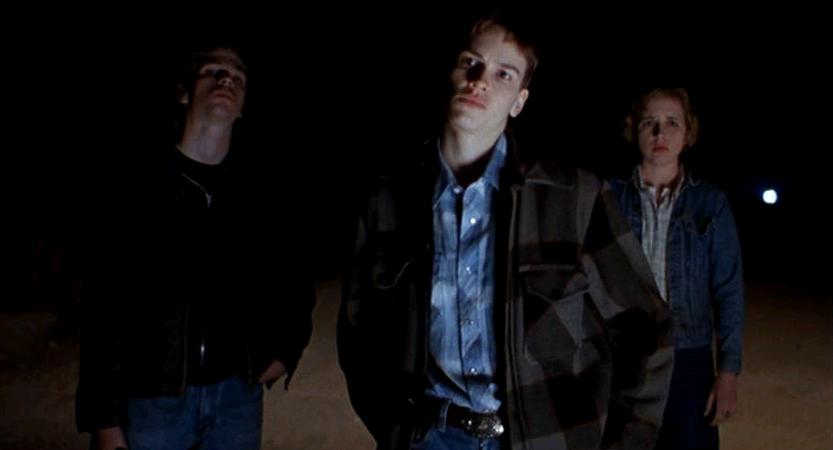
|
Rank /
Title /
Year | |
| 1 | 
|
| 2 | 
|
| 3 | 
|
| 4 | 
|
| 5 | 
|
| 6 | 
|
| 7 | 
|
| 8 | 
|
| 9 | 
|
| 10 | 
|
| 11 | 
|
| 12 | 
|
| 13 | 
|
| 14 | 
|
| 15 | 
|
| 16 | 
|
| 17 | 
|
| 18 | 
|
| 19 | 
|
| 20 | 
|
| 21 | 
|
| 22 | 
|
| 23 | 
|
| 24 | 
|
| 25 | 
|
| 26 | 
|
| 27 | 
|
| 28 | 
|
| 29 | 
|
| 30 | 
|
| 31 | 
|
| 32 | 
|
| 33 | 
|
| 34 | 
|
| 35 | 
|
| 36 | 
|
| 37 | 
|
| 38 | 
|
| 39 | 
|
| 40 | 
|
| 41 | 
|
| 42 | 
|
| 43 | 
|
| 44 | 
|
| 45 | 
|
| 46 | 
|
| 47 | 
|
| 48 | 
|
| 49 | 
|
| 50 | 
|
| 51 | 
|
| 52 | 
|
| 53 | 
|
| 54 | 
|
| 55 | 
|
| 56 | 
|
| 57 | 
|
| 58 | 
|
| 59 | 
|
| 60 | 
|
| 61 | 
|
| 62 | 
|
| 63 | 
|
| 64 | 
|
| 65 | 
|
| 66 | 
|
| 67 | 
|
| 68 | 
|
| 69 | 
|
| 70 | 
|
| 71 | 
|
| 72 | 
|
| 73 | 
|
| 74 | 
|
| 75 | 
|
| 76 | 
|
| 77 | 
|
| 78 | 
|
| 79 | 
|
| 80 | 
|
| 81 | 
|
| 82 | 
|
| 83 | 
|
| 84 | 
|
| 85 | 
|
| 86 | 
|
| 87 | 
|
| 88 | 
|
| 89 | 
|
| 90 | 
|
| 91 | 
|
| 92 | 
|
| 93 | 
|
| 94 | 
|
| 95 | 
|
| 96 | 
|
| 97 | 
|
| 98 | 
|
| 99 | 
|
| 100 | 
|
Former Entries | |
| X | 
|
| X | 
|
| X | 
|
| X | 
|
| X | 
|
| X | 
|
| X | 
|
| X | 
|
| X | 
|
| X | 
|
| X | 
|
|
Browse Films by Title / Year / Reviews Nick-Davis.com Home / Blog / E-Mail | |
#76: Monster and Boys Don't Cry Monster (USA, 2003; dir. Patty Jenkins; cin. Steven Bernstein)
Monster (USA, 2003; dir. Patty Jenkins; cin. Steven Bernstein)IMDb // My Full Review Boys (USA, 1999; dir. Kimberly Peirce; cin. Jim Denault) IMDb // My Page Let's talk a little about audiences. I saw Boys Don't Cry twice in the theater, first with my friend Irene at the Landmark Embarcadero in downtown San Francisco, with a solemnly respectful and, by the looks of things, an overwhelmingly gay-male audience. That theater was so quiet, not just moved but able to be moved by what we were watching, that the full textures of the movie really announced themselves: the droning hum of the convenience mart where Brandon meets a blitzed Lana and steals her a ring; the poignant halts and barely-quelled vibration in Hilary Swank's voice whenever Brandon tastes a second of happiness; the portentous rushes of air beneath the abstract cutaways to the neon, accelerated skylines of the Nebraska night. The emotional arc of the movie relies on a series of nocturnal rendezvous between Brandon and Lana, where the film encases both characters within their own coronas of light, a centimeter or so of human vibrance that looks as though it would be warm to any touch. But these are also Orpheic patinas, the gleam of someone remembered, evanescent. Brandon will die, and the Lana who lives will never again be the Lana who was. For this to resonate, the audience must have empathy, a willingness to cradle not just the romance but the precarious, even reckless adolescence of Brandon and indeed of all the characters, even those who violate our hope and our trust, along with everything else they violate. Sadly, but revealingly, the film was tested on just these grounds when I saw it again, five months later, in a campus theater filled with high-school students taking summer courses. I expected nervous energy and even tittering as the novel concept of transgender identity came calling for their attention, but I did not expect outright laughter, even when Brandon was accosted and denuded, even when he was raped, even when he and his friendly protector were shot. I came home with my partner and cried for an hour in his apartment, feeling Brandon's tragedy in a new way: not just as a cold-blooded killing, but as a reflection of a frightened, juvenile, and titanically self-indulgent refusal of difference by millions of people who would rather be anything—chortlers, debasers, murderers—than be questioners, carers, students of life. (You are old enough, when a summer-school student, to be a mature witness to violence, to arbitrate the right and wrong, at the very least, in a scene of slaughter.) Brandon's story is obviously both of these stories. The different ways in which both screenings were painful speak to the complexes of pain, the different kinds of moorlessness, rejection, and endangerment that he encountered within himself but also from the outside, from others. A major strength of Boys Don't Cry is that it draws as much righteous authority from a skeptical audience as from a compassionate one. My belief in lots of things shook that night, but not my belief in the movie.  There's a lot of Boys Don't Cry in Monster: an actress undergoing
extreme cosmetic rearrangement, a jukeboxy color palette, a first date in a roller-skating rink that cuts to a passionate
first kiss, a young life of petty crime that hits a ghastly apotheosis in murder, though this time, the same character
walks every side of the moral line. I saw Monster three times in the theater, the second and third time scrunched
into a single day; its content, both visually and psychologically, is so gruesome that this shouldn't be possible, but
beyond the practical reasons for seeing the movie this way, I was both relieved and frankly fascinated, maybe even a little
troubled, at how Monster arrested the skittish impulses in its audience. The teenagers at the AMC Empire who peeled
the foil from their Manhattan hot-dogs during the opening scenes, who answered their cell-phones and cat-called at Selby's
advances toward Aileen, were literally caught with their mouths open when Aileen is first abducted, then brutalized, then
released into a split-second chance at revenge that yawns ever after into a furious career of one-on-one terrorism. I
swear I heard a pin drop that didn't even drop in our theater, even during the boldly purple love scene. (Tommy James and
the Shondells cut right to the heart of Aileen's cataclysmically misplaced romanticism.)
There's a lot of Boys Don't Cry in Monster: an actress undergoing
extreme cosmetic rearrangement, a jukeboxy color palette, a first date in a roller-skating rink that cuts to a passionate
first kiss, a young life of petty crime that hits a ghastly apotheosis in murder, though this time, the same character
walks every side of the moral line. I saw Monster three times in the theater, the second and third time scrunched
into a single day; its content, both visually and psychologically, is so gruesome that this shouldn't be possible, but
beyond the practical reasons for seeing the movie this way, I was both relieved and frankly fascinated, maybe even a little
troubled, at how Monster arrested the skittish impulses in its audience. The teenagers at the AMC Empire who peeled
the foil from their Manhattan hot-dogs during the opening scenes, who answered their cell-phones and cat-called at Selby's
advances toward Aileen, were literally caught with their mouths open when Aileen is first abducted, then brutalized, then
released into a split-second chance at revenge that yawns ever after into a furious career of one-on-one terrorism. I
swear I heard a pin drop that didn't even drop in our theater, even during the boldly purple love scene. (Tommy James and
the Shondells cut right to the heart of Aileen's cataclysmically misplaced romanticism.)Swank and Theron will always have careers because of these two movies, but there was a nasty, credulous undertone to the contemporary reception of Theron's work, and even more to reviews of her movie. Probably for that reason, while I am deeply admiring of both films, I am actively protective of Monster. Easily among the best biopics in over a decade, to the extent that they illuminate the lives of real people, they each ask us to see in their protagonists some image of ourselves, and this is a much tougher request to honor in Monster. Brandon Teena is a rebel-hero with illicit habits and terrible luck; Aileen Wuornos is a catastrophe with a phone number and an address, though even these change from day to day. Her will is equally consuming in its benign and its lethal actions. Theron, in her robust embodiment, barely preserves her balance while striding through her unimaginable life—just watch how Aileen rides a bicycle or runs from a car-wreck. Here, as in Nick Broomfield's haunting documentaries, looking into Aileen's eyes and trying to find the person behind them is like looking into a faucet in hopes of seeing the water. That Monster can tell a reasonable facsimile of her story, revealing her dilemmas while keeping her so frighteningly opaque, and that we still can see the value and the relevance of her profoundly shameful case...what could be a taller order? Then again, in this context, it is worth underscoring the heroic job Boys Don't Cry does of making John Lotter a credible and charismatic, occasionally even an offhandedly elegant person, so that our outrage at his conduct is, if anything, made more horrible by the humanity the film affords his characterization. Brandon's bored and dreaming cohort are as indelibly etched and acted as Aileen's bystanders and victims, and the filmmakers presenting them all to us have a knack not just for showing us what they all see in each other but for demanding that we see something of ourselves. |
| Permalink | Favorites | Home | Blog |